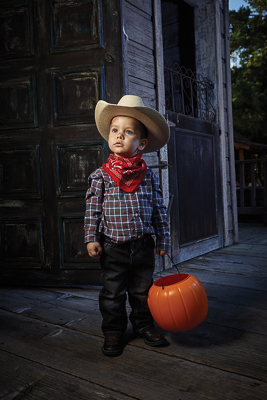
When dress-up enters the realm of mockery it’s cultural appropriation
EDITOR’S NOTE: Born out of an online discussion that was sparked by the George Floyd protests, Nubia-Feliciano’s monthly column offers inspiration, tools and conversation starters to assist parents in raising a compassionate next generation.
Like everything else in 2020, Halloween will be different this year. Cities around the country are trying to figure out if there should be Halloween festivities at all. It is tricky—pun intended— because how do you keep physical distance and still pass out candy? How can families feel safe that their children will be okay as they Trick-or-Treat in the neighborhood?
Difficult questions to be sure, and in the end we will all figure out something to keep the fun in the holiday. I would like to talk about is a topic that is unrelated to the Pandemic: how we dress up to celebrate, and what is considered appropriate for Halloween costumes.
I’ve been to Halloween parties where people dressed as a “Mexican,” “Hawaiian,” “Indian Chief,” “Rapper,” and even “Michael Jackson.” I’m not the Fashion Police, but what cringe-worthy costumes, to be sure. Although many may not find these costumes offensive, they are, regardless of the age of the person. They reflect what is called cultural appropriation. Cultural appropriation is when one cultural group adopts aspects of another cultural group. It becomes problematic when the dominant group (Whites) does this of a minority group (Blacks, Asians, etc.). There is a phrase you may have heard before: Folks like Black culture, just not Black people. Black people say this to reflect our anger with how non-Black people adopt stereotypes of the Black community—often as a joke or to be seen as hip or cool—but could not name one Black person they would consider a close friend.
Often these actions can move into the realm of mockery, say when someone decides to paint their face with dark brown makeup while dressed in some version of a “rapper” costume. This is called blackface, and it is a form of stereotyping used to demean a race or culture. This is never okay. In addition to darkening your face, this idea applies to appropriating cultural dress (i.e., Kimonos, Native American Headdress, etc.) as a costume.
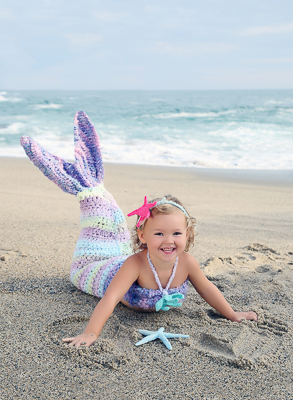
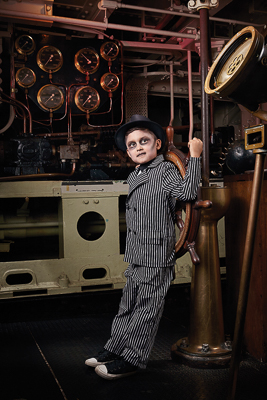
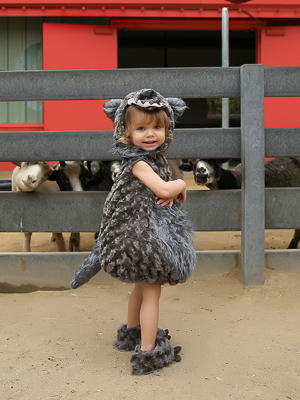
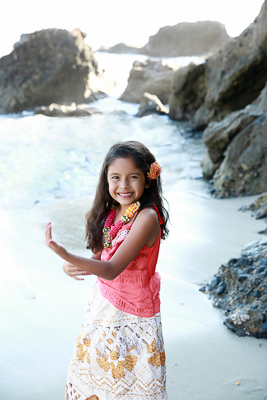
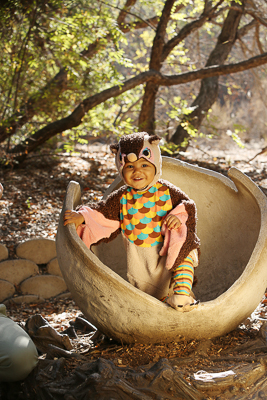
You are not paying homage to these cultures. As a matter of fact, this is culturally insensitive, and it connects to the #BlackLivesMatter movement and other movements for racial equity. How so? Feeling comfortable with seeing elements of a cultural group as a stereotype ignores the cultural relevance of those elements. You are reducing the cultural group to fragments (hairstyle, speech patterns, dress) that can be pulled apart. By doing this you are ignoring the histories that weave those fragments together into a beautiful legacy. Kimonos have a significant cultural meaning in the Japanese community. Native American headdresses are worn at specific times for specific reasons by different Native American groups. Neither should be considered “cool” costume ideas. Being okay with picking and choosing what aspects of a culture you want to dress up as for Halloween allows you to become comfortable with just seeing people as parts and never as whole people. This fragmented view keeps you from never really seeing people, their culture, their struggles through history. Eventually you stop seeing them as people worth your time and attention. This way of thinking breeds discrimination.
Related Posts:
- Creating a Memorable Halloween
- Dialogue on Diversity and Racism with Multiracial Families
- Dia de los Muertos — Commemorating the Lives of Deceased Loved Ones
So now you’re probably wondering, when it is okay to dress in a “cultural” outfit. There is actually one time: when you are attempting to learn something about the culture. Take for example Dia de Altares (Day of the Alters). This event usually takes place during the community-based Dia de los Muertos celebration around the same time as Halloween. There are events all over Orange County, but the best one is done in the city of Santa Ana. El Centro Cultural de Mexico (The Cultural Center of Mexico), which is located in Santa Ana, has a website (http://www.nochedealtares.org/) describing the event and its purpose for the Mexican/Mexican American community and the broader community in general. It provides a time to learn, mourn, and celebrate the traditions of Mexican culture that commemorates those who have passed. Children can have their face painted in the sugar-skull style, and everyone can learn from the different workshops and artists that are in attendance.
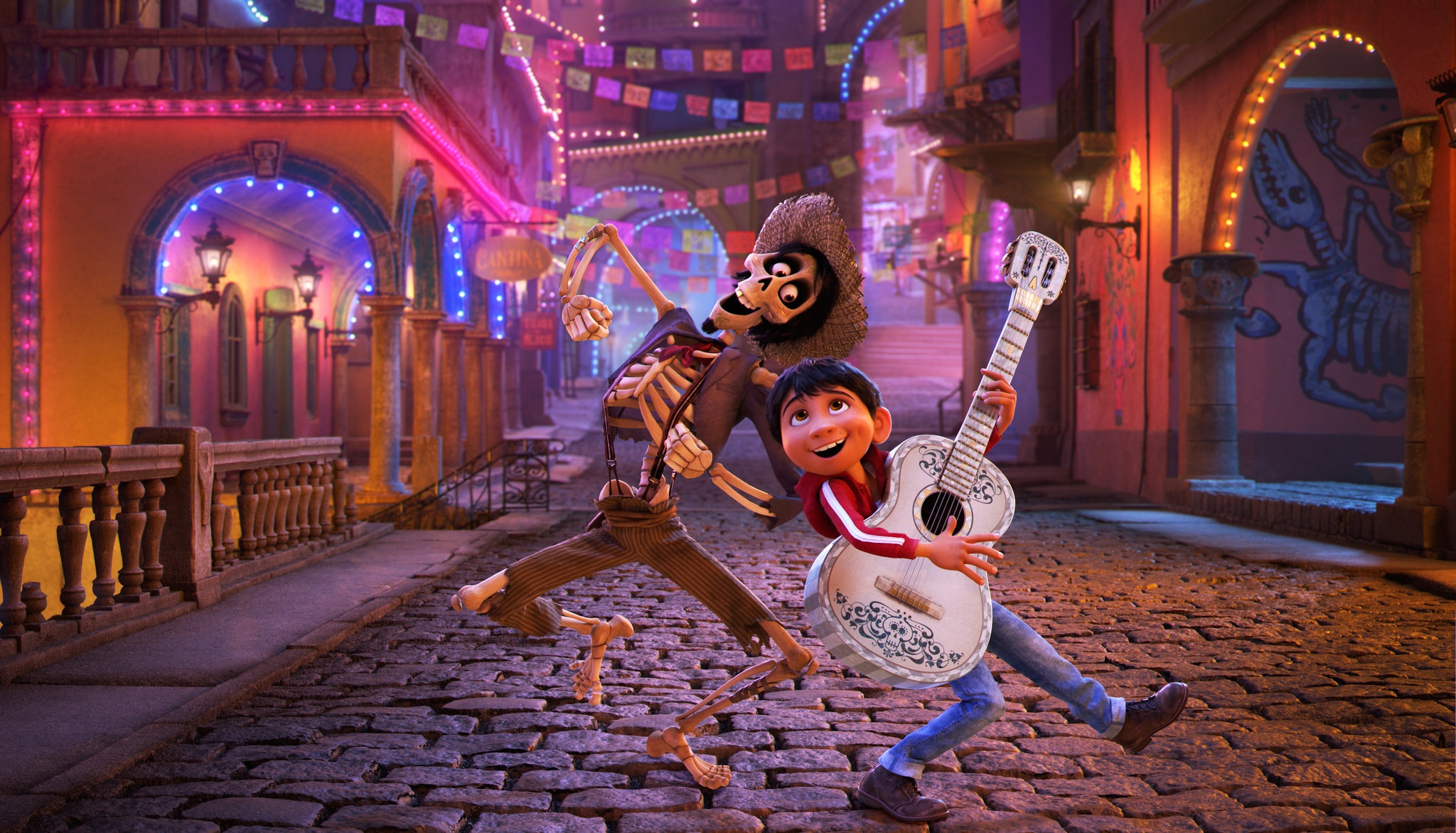
You might have seen such a celebration in the Disney/Pixar movie Coco, a film praised not only for its beautiful animation, but also for its respectful portrayal of the traditions of the Mexican culture. When it first came out, Coco-inspired merchandise could be found everywhere. Themed Dia de Altares make-up and attire can still be bought almost year-round. Its art, makeup and dress is beautiful, and it reflects a cultural history and tradition that is worth learning about (see page tktk in this issue). As of this writing, the Cultural Center of Mexico has not said if the Noche de Altares event will happen this year. If it does, I highly recommend you attend and learn something about the rich history of the Mexican culture that is behind the costumes.
There are ways of paying homage to cultures that are different than your own, but I recommend doing it with intention. For Halloween costumes, I recommend sticking to zombies, vampires, ghosts, goblins, and witches. It is probably the quintessential “friends” holiday, and it’s on a Saturday! So have fun, stay safe and be respectful.
Books on Dia de los Muertos:
- I Remember Abuelito: A Day of the Dead Story / Yo Recuerdo a Abuelito: Un Cuento del Día de los Muertos (Spanish and English Edition), by Janice Levy, Loretta Lopez (illustrator) and Miguel Arisa (translator)
- The Latino Holiday Book: From Cinco de Mayo to Dia de los Muertos — the Celebrations and Traditions of Hispanic-Americans, by Julia Menard (Foreword by Cheech Marin)
[K: add Marie’s pic, pick up from the Sep issue]Marie Nubia-Feliciano holds a Ph.D. in Education, and a master’s degree in Counseling. She teaches part time for Chapman University and UC Irvine. She resides in Southern California with her family and is founder/CEO of the Colégas Group. Email her at menubia@yahoo.com.
By Marie Nubia-Feliciano, Ph.D.





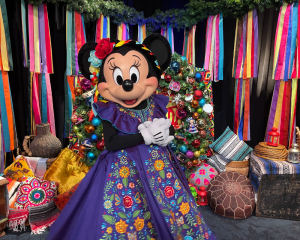
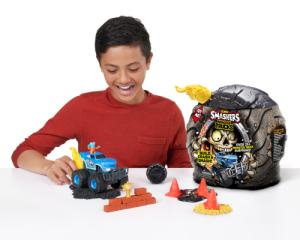
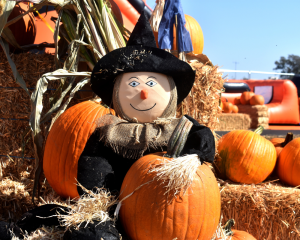
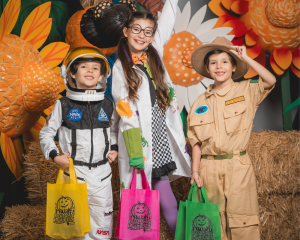
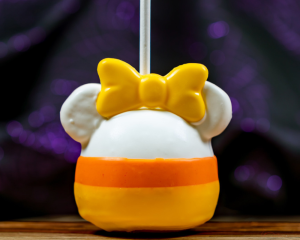
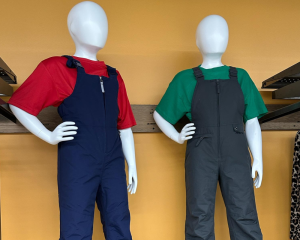
Leave a Reply